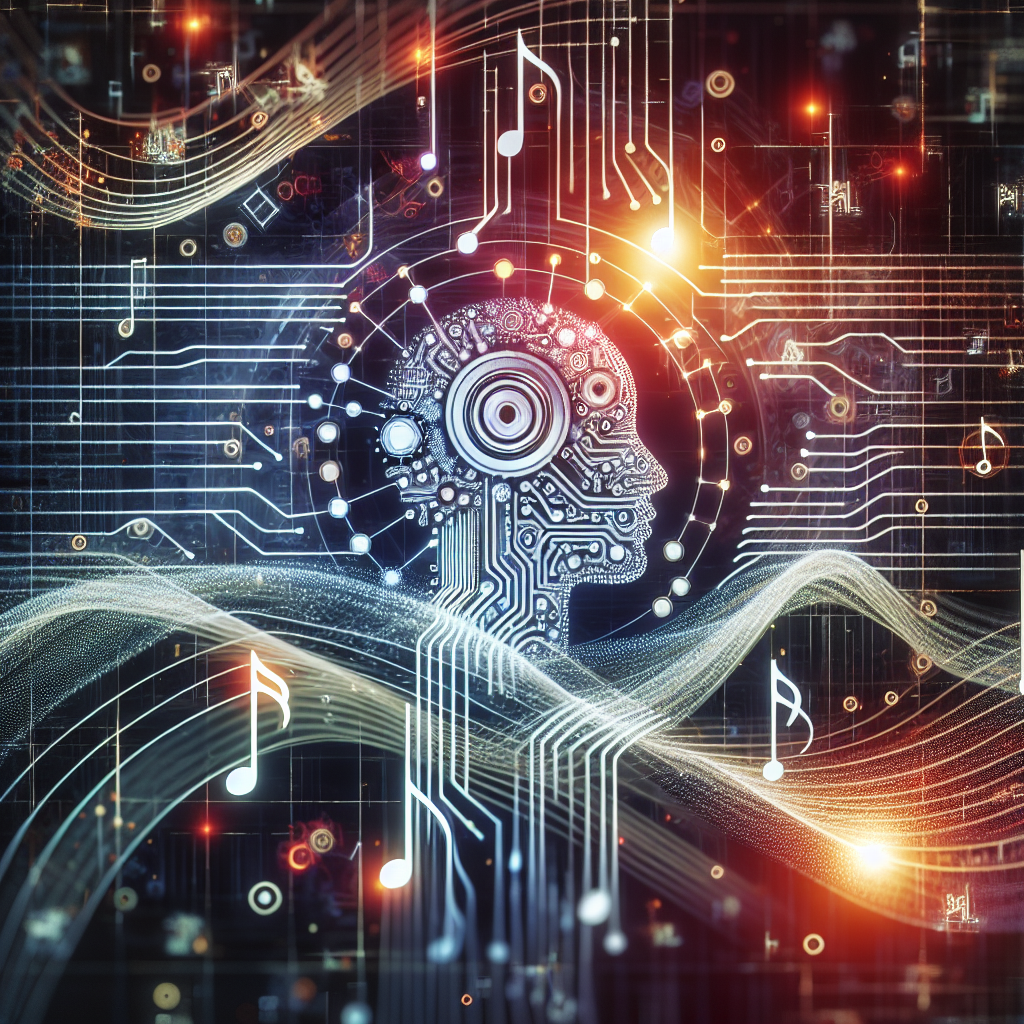Introduction:
Have you ever wondered how artificial intelligence (AI) is transforming the way sound is designed in the entertainment industry? From creating immersive soundscapes to enhancing audio quality, AI is playing a pivotal role in revolutionizing sound design. For professionals in the media and entertainment sector, embracing AI-powered tools and technologies can lead to more efficient workflows, higher-quality content, and increased audience engagement. In this article, we will explore the key benefits of AI in sound design and how it is reshaping the industry for the better.
Curious how Vitrina can help you? Try it out today!
Trusted by global entertainment leaders to grow business, acquire high-demand content, promote projects and services, and track every Film + TV production worldwide
Transform Performance into Precision with AI-Powered Motion Capture!

Benefits of AI in Sound Design:
1. Enhanced Creativity: AI algorithms can analyze vast amounts of audio data to generate unique sound effects, music compositions, and voiceovers. This enables sound designers to explore new creative possibilities and push the boundaries of traditional sound design techniques.
2. Time and Cost Savings: By automating repetitive tasks such as audio editing, noise removal, and mixing, AI-powered tools can significantly reduce production timelines and costs. This allows production teams to focus on the creative aspects of sound design, leading to faster turnaround times and more efficient workflows.
3. Personalized Sound Experiences: AI can analyze user preferences and behavior to create personalized soundtracks and audio experiences. This level of customization can enhance user engagement and retention on streaming platforms, broadcast networks, and other media channels.
4. Quality Assurance: AI algorithms can perform real-time audio analysis to detect and correct errors in sound recordings. This ensures that the final audio output meets industry standards and delivers a high-quality listening experience for audiences.
5. Scalability: AI-powered sound design tools can easily scale to handle large volumes of audio content, making them ideal for production houses, streaming platforms, and broadcast networks that produce a high volume of content on a regular basis.
Real-World Examples:
One of the leading examples of AI in sound design is Adobe’s Project VoCo, which allows users to edit dialogue in audio recordings by simply typing in new words. This groundbreaking technology has the potential to revolutionize the way voiceovers are created and edited in the entertainment industry.
Another example is Google’s Magenta project, which uses AI to generate music compositions. By analyzing patterns in existing music data, Magenta can create original compositions that mimic the style of famous artists or genres.
Elevate Your Projects with AI Motion Capture!

Key Takeaways:
– AI is transforming sound design by enhancing creativity, saving time and costs, personalizing sound experiences, ensuring quality assurance, and enabling scalability.
– Leading examples of AI in sound design include Adobe’s Project VoCo and Google’s Magenta project.
– Professionals in the media and entertainment industry can leverage AI-powered tools to streamline their workflows and deliver high-quality audio content to audiences.
FAQs:
Q1: How can AI improve the localization of audio content for international audiences?
A: AI-powered tools can analyze language patterns and cultural nuances to create localized soundtracks and voiceovers that resonate with international audiences.
Q2: What are some best practices for implementing AI in sound design workflows?
A: Start by identifying specific pain points in your current workflows that AI can address, then pilot test AI-powered tools with a small team before scaling up for larger projects.




























